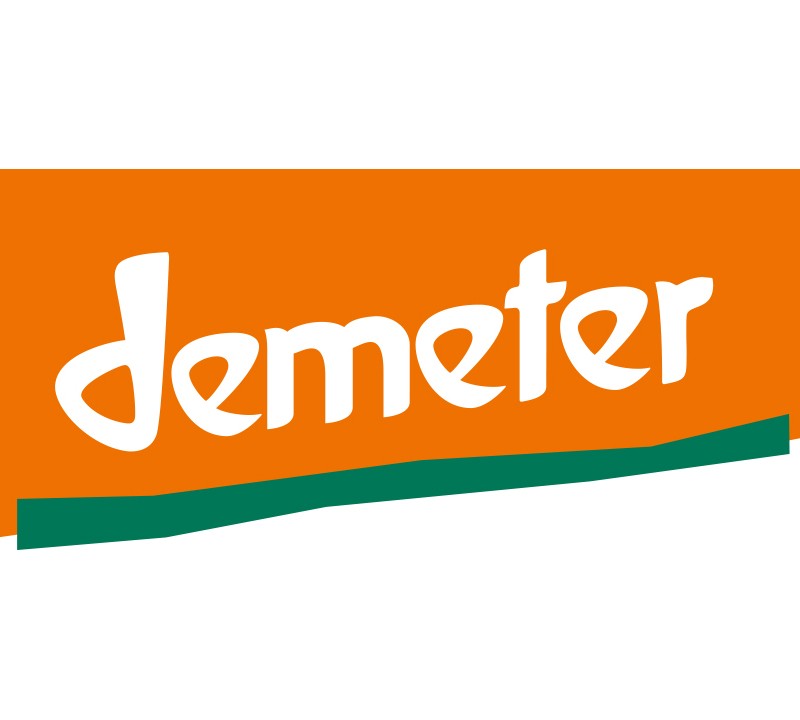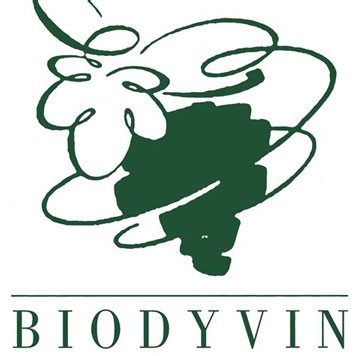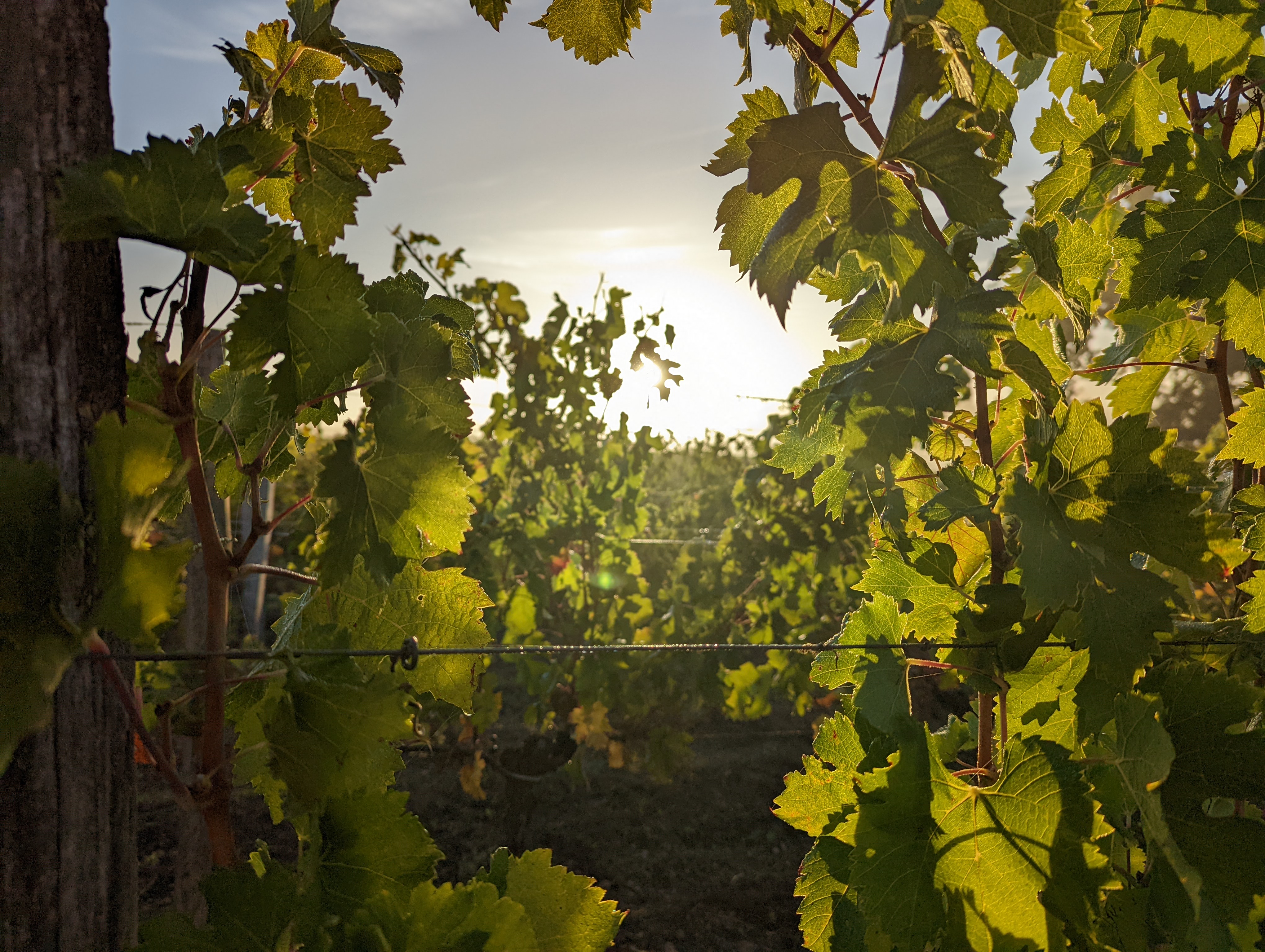Natural, organic and biodynamic wines: characteristics and specific features
The wine market is a constantly evolving sector, with a trend towards the diversification of grape varieties for more original, unique wines, and technological innovations aimed at improving the quality, production techniques, distribution and tasting of wine. These developments go hand in hand with changes in consumer habits and preferences, for whom the quality and origin of the wines they buy are important, as are eco-responsible production practices. Consumers are much more aware of ecological issues than they were at the beginning of the century, and are gradually adopting responsible, ethical and environmentally aware consumption habits, as long as are able to do so. As a result, the range of wines on offer has diversified to meet consumers' new expectations.
For some years now, organic and natural wines have been gaining in popularity, offering an alternative to more conventionally produced wines. But can you tell the difference between these new wines, which are now appearing more and more widely on the shelves of your wine merchants and supermarkets? Do you know the ins and outs of their production processes and what distinguishes them from more conventional wines? We've decided to find out for you in this article...
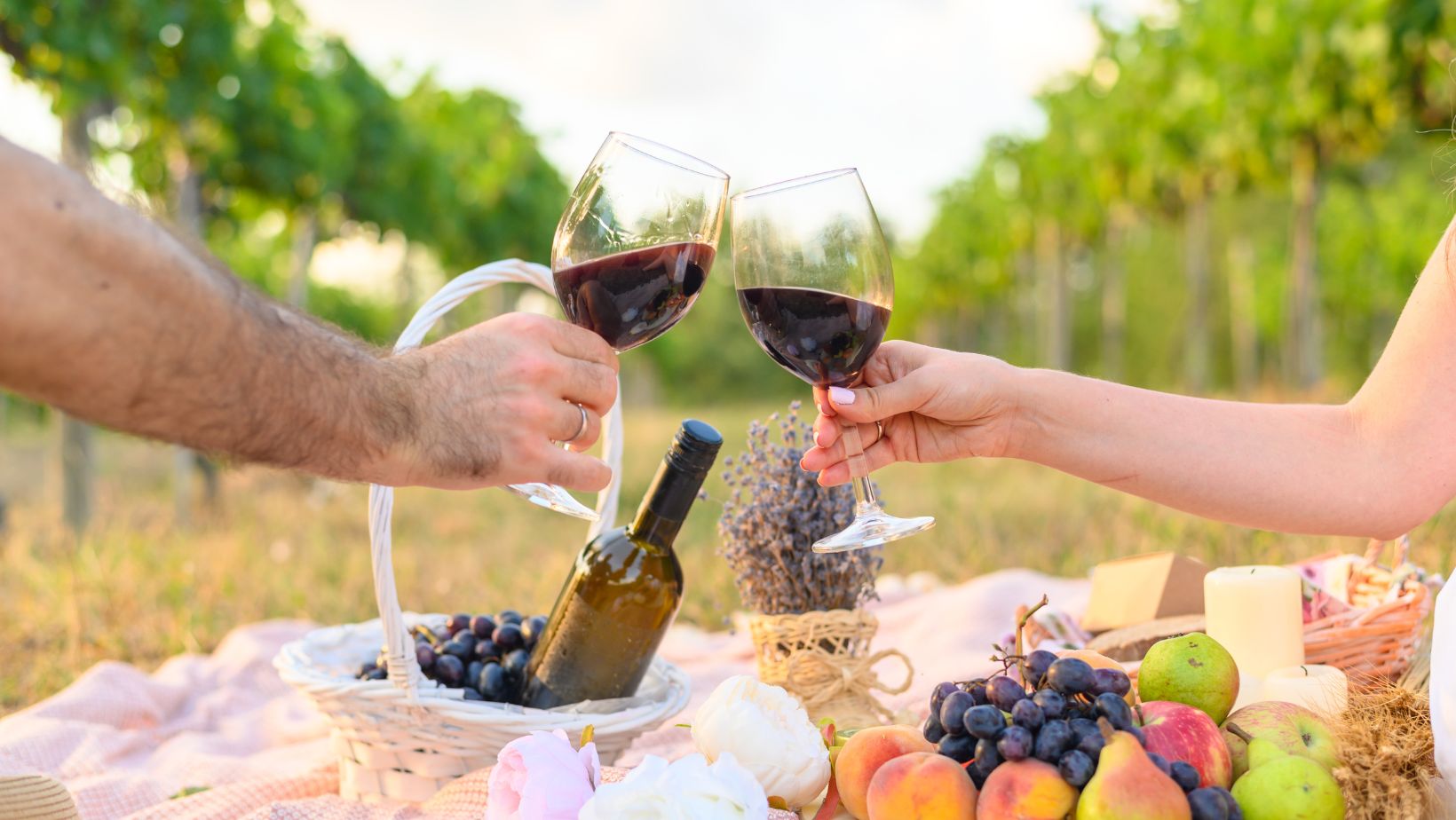
Organic wines
With organic farming, organic viticulture has gradually gained popularity among winegrowers, indeed more and more are taking the step of certifying their vineyard and thus meeting numerous technical and environmental challenges. Today, the organic viticulture sector is increasingly dynamic and its production is constantly increasing.
What is an organic wine?
An organic wine is a wine produced using viticulture and vinification techniques free from synthetic chemicals. Before 2012, only the inputs (oenological products) used in viticulture, i.e. in the production of grapes, were taken into account when awarding the "Organic Agriculture" label. This excluded the use of synthetic fertilisers, pesticides and GMOs. There were no rules governing the winemaking phase.
Since 2012, the European specifications regulating “wine from organic viticulture” also take into account the field of winemaking. The 2012 legislation limited the use of usable raw materials and additives. Winemaking is therefore considered an integral part of the profession of organic winemaker. As proof, in 2019, 74% of the volumes of organic wine placed on the market were vinified by the winegrowers themselves according to the Organic Agency (Agence Bio in France). These specifications, scrupulously followed by winegrowers, are now the same at French and European levels, making the identification of organic wines by consumers transparent.
Identifying them
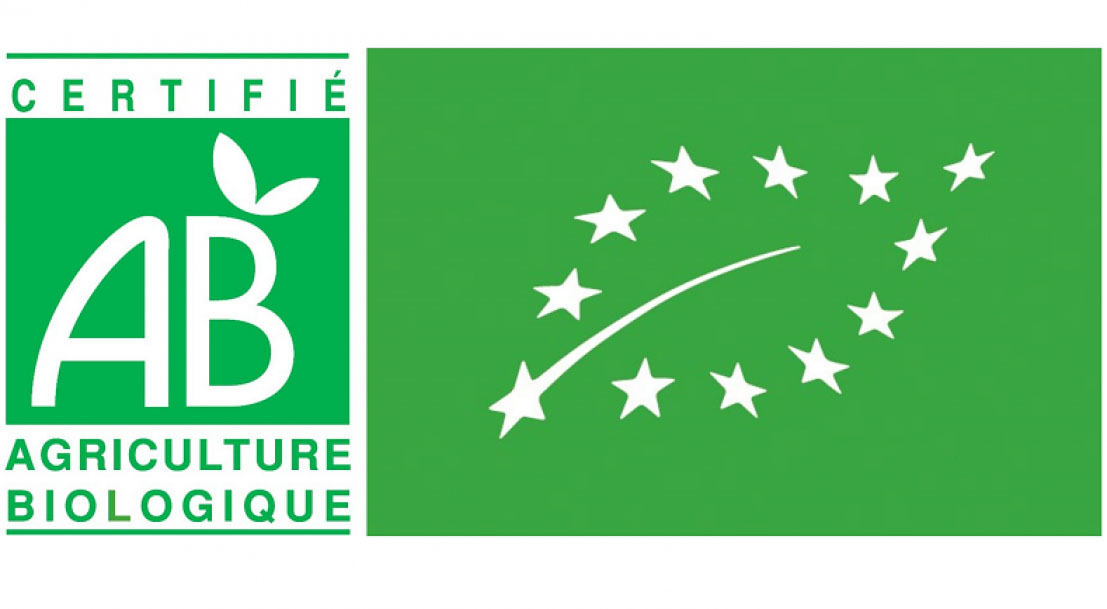
Looking to buy an organic wine? Look out for the French AB (Agriculture Biologique) logo or the Euroleaf, the European organic logo, on bottle labels. These logos can only be used by winegrowers who have obtained certification after a three-year conversion period and regular checks. According to the Agence Bio (Organic Agency)/CSA 2018 barometer, 97% of French people now recognise the AB logo, which is a showcase for the dynamic development, promotion and structuring of French organic farming. Certification bodies issue authorisations for use on labels (AB certification mark) on behalf of the Ministry of Agriculture.
In July 2023, Château La Rose Perrière officially converted to organic farming. The 2023 vintage of our Château La Rose Perrière wines will be the first to bear the AB label on the back label. Our Château La Rose Perrière Blanc 2023, a dry white wine under the Bordeaux Blanc appellation, is already available for pre-order (delivery from March 20th 2024). Discover it on its own, as a blend or in our tasting box.
Biodynamic wine
Biodynamics offers a more global approach to organic viticulture. Biodynamic winegrowers seek to create a balanced ecosystem around the vines. No additions, deletions or modifications are made. Any practice aimed at altering the natural balance of the grapes is excluded. In this way, the vine gains natural resistance to climatic hazards and is less subject to pest attacks.
To maximise the benefits of their work, biodynamic winegrowers also rely on natural cycles, in particular the lunar calendar, to determine the most opportune moment: waning moon, rising moon, leaf day, root day, fruit day, flower day, lunar node. In the cellar, racking and bottling are also carried out at specific times according to the lunar cycle. This approach, considered to be 'esoteric', is the argument most derided by the detractors of biodynamic viticulture.
Biodynamics also applies more rigorous specifications for operations carried out in the cellar than the European organic label.
On the vine and soil side, it is part of a logic of phytotherapy. In fact, biodynamic winegrowers use sprays based on plants (dandelion, chamomile, nettle, sage, horsetail, valerian, etc.) and minerals (silica) in order to energize the life of the soil and strengthen the vines, to fight against diseases (mildew, botrytis, powdery mildew, black rot, etc.) and frost. They also use preparations developed according to the great cycles of the Earth (equinox in particular): they ferment plants, cow dung or silica in animal organs.
Overall, biodynamics in viticulture intimately connects Man, the winemaker, and his environment. It aims to take care of all the elements of the ecosystem: the soil, the vines and people. The regeneration of the soil is considered fundamental because it is on its richness and fertility that the quality of the grapes and the harvest depends. Soils also play the role of climate regulator, purifying filter and shelter essential biodiversity for wine production.
Natural wine
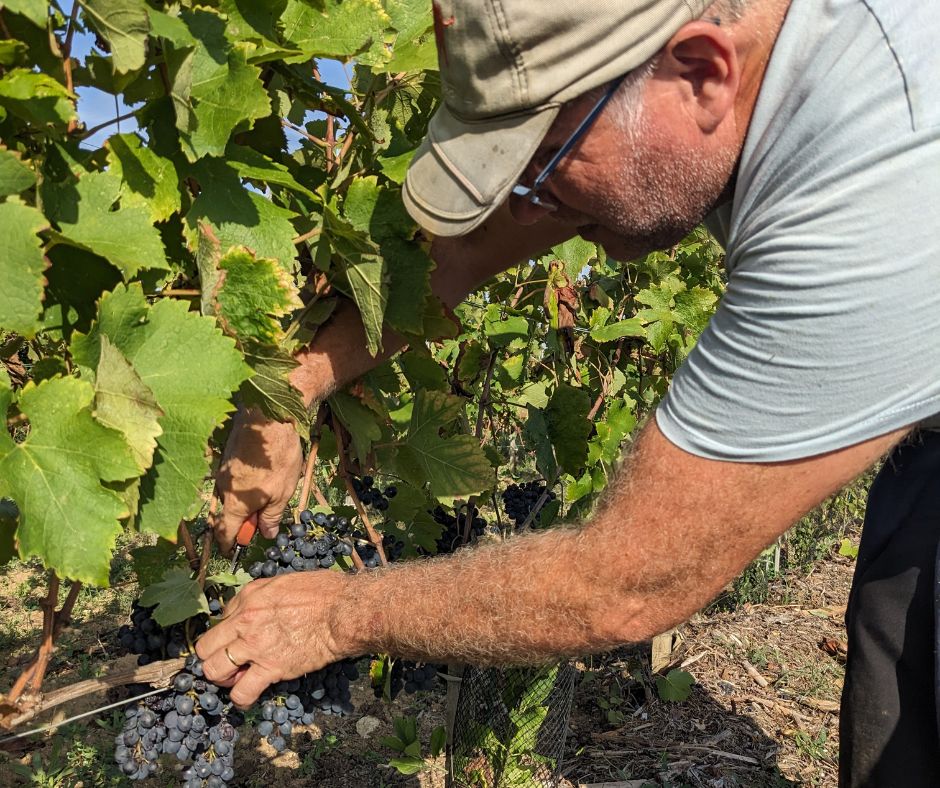
Natural wine definition
There is no doubt that you have already heard of natural wine, terms that have been in vogue for some time now. This approach to viticulture has supporters who give it a very simple definition: it is a wine made from 100% grapes, without any additions or extractions. A wine grown with respect for life, the earth and biodiversity. Also called living wine, a natural wine is a wine resulting from the vinification of organic or biodynamic grapes harvested by hand and which does not contain any synthetic chemicals or oenological inputs.
Nevertheless it can contain up to 30 mg per liter of sulfur dioxide (SO2) for a red wine and 40 mg/liter for a white wine or a dry rosé wine. But these sulphites are still debated among purist amateurs or winemakers of natural wine who, for some, are not ready to make any concessions. Thus, the latter impose a higher level of requirements and aim not to exceed 10 mg/liter of sulfur in their analyses. This type of wine immediately excludes more abrupt winemaking techniques such as thermovinification or flash pasteurization.
It should be noted that some of these techniques are authorized by organic certification, the production of natural wines is therefore more strict.
Labeling
Until 2020, there was no official regulation or consensus around the definition of natural wine. As a result, winegrowers could not use any certification to guarantee consumers their method of producing natural wine.
Faced with this legal void and the development of the natural wine movement, a Union for the Defense of Natural Wines was created in September 2019. With the support of the services of the Ministry of Agriculture, the National Institute of Origin and of Quality (INAO) and the General Directorate for Competition, Consumption and Fraud Repression (DGCCRF), it brings together winegrowers committed to this approach and unites supporters around values and a charter of commitment with precise specifications to govern the production and marketing of natural wines. Since 2020, the name “Vin méthode nature” has been a label recognized by the DGCCRF. It translates this charter of commitment for winegrowers materialized by a logo, the first official recognition of natural wines in France.

This label requires compliance with strict rules by winegrowers:
- Practice certified organic or biodynamic farming
- Harvest the grapes by hand, a gentle approach which aims to bring the most beautiful grapes possible to the cellar.
- Use indigenous yeasts naturally present on the skin of the grapes as opposed to chemical yeasts. Time and patience are the winegrower’s allies.
- Do not add any inputs or additives. A natural wine must not contain any other input (acid, acidity regulators, enzymes, etc.) than sulfur. By comparison, the AB specifications are relatively more permissive on this issue.
- Do not use any physical or thermal process intended to correct a wine and give it virtues that were not originally present in the grapes. A natural wine is neither fined nor filtered, for example.
- Do not add any sulphite (Possibility of adjustment within the limit of a maximum of 30 mg of total H2SO4/l to the Frantz Paul analysis)
- Obligation to provide information on the addition of sulphites mentioned on the label.
As in organic or biodynamic, respect total traceability of the product. - The “Vin Methode Nature” logo can thus be affixed to the back labels of the bottles of vintages conforming to these specifications. It is accompanied by the name of the country of origin of the wine and the approval number of the union. It values the work of winegrowers and their commitment to this approach that respects nature and the consumer.
You can therefore easily identify wines that meet these demanding and transparent criteria.
You may also come across the AVN logo on bottles. This is the logo of the Association des Vins Naturels, created in 2000. This logo identifies the natural wines of winegrowers who are members of the association and therefore comply with its winemaking specifications. As with any certification or label, random or specific analyses are carried out regularly by the association.
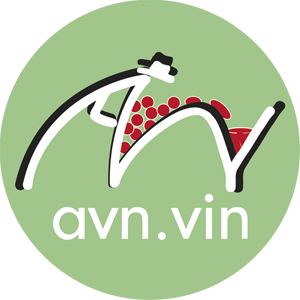
Tasting and comparing
As you know now, each of these wines respects its own standards which requires a particular method of vine cultivation. It is therefore a choice made by the winegrower and/or the owners of the vineyard, an approach that respects rather strict specifications each time but also generally respects the environment and biodiversity. . In any case, it is a demanding and rewarding approach for winegrowers. As for the aromas and quality of these wines, we let you be the sole judges. Varied and multiple tastings will allow you to accustom your palate and refine your knowledge of the aromatic typicity of these wines. Remember that the synthetic chemicals and oenological inputs used in the vineyard and in winemaking are what fundamentally differentiate conventional, natural, organic and biodynamic wines.
Beyond grape varieties, regions and appellations, the diversity of wine types offered on the shelves of your wine merchant continues to grow, suggesting a diversification of wine consumer profiles and the adoption of new ways of drinking. Alcohol-free wines or dealcoholized wines are undoubtedly the most edifying incarnation of this trend. They are literally non-alcoholic wine-based drinks because according to French regulations, a wine must result from “the complete or partial alcoholic fermentation of fresh grapes or fresh grape juice,” and must contain a minimum volume of 8.5 % alcohol to bear the name of wine.
The key word for consumers that we all are remains pleasure in tasting!
